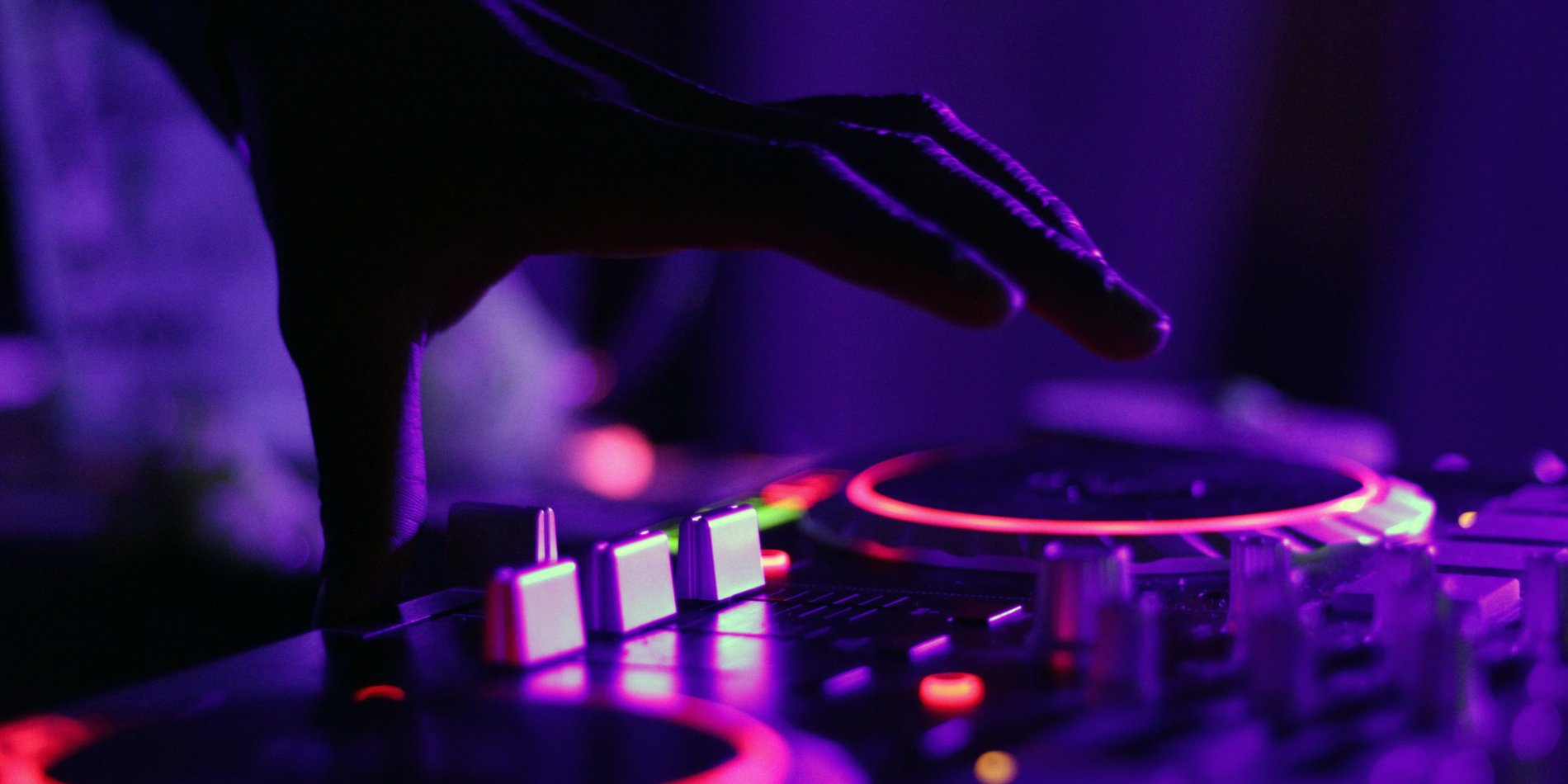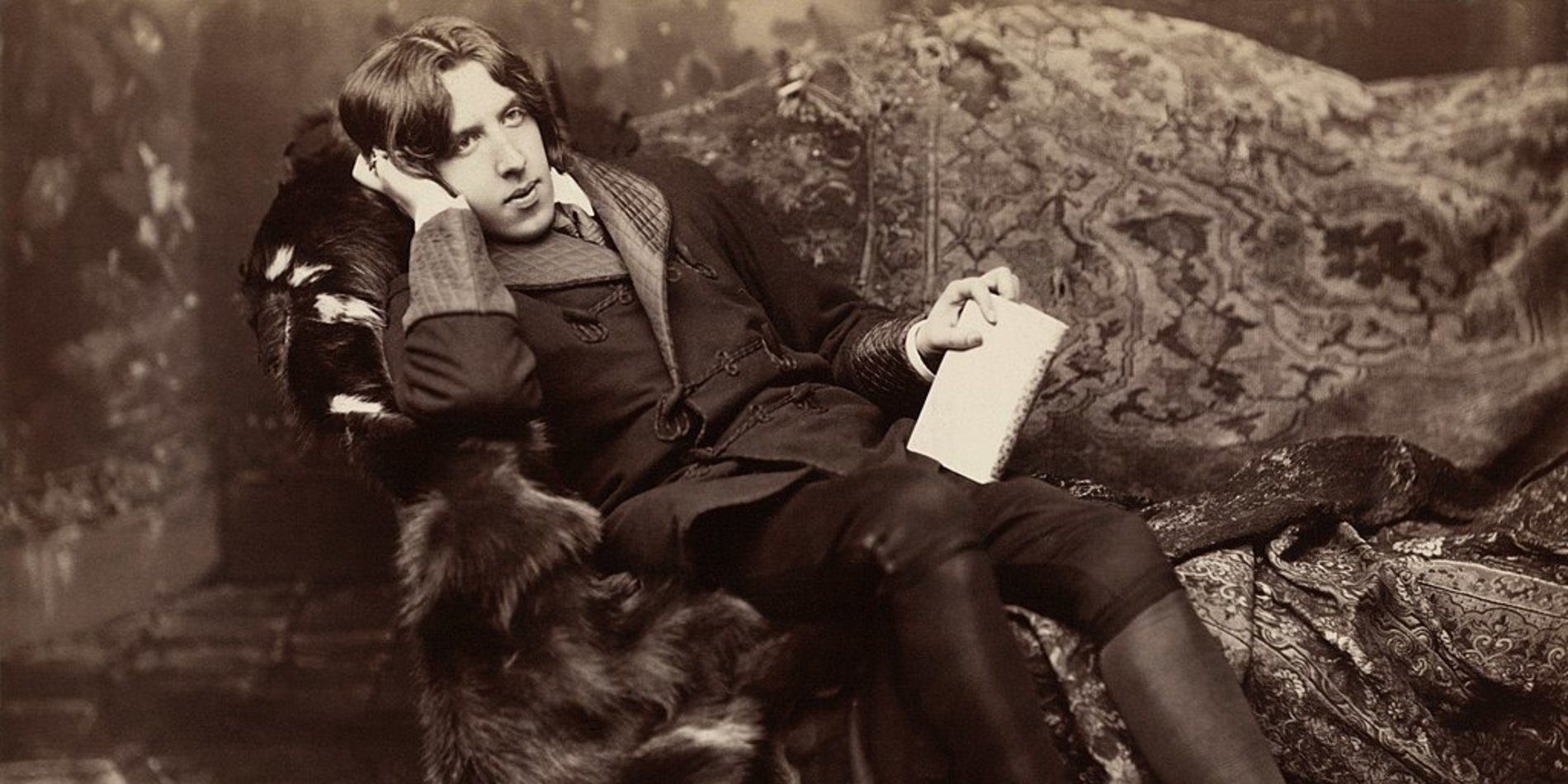MUSIC 18N: Musical Dishonesty: Fakes, Forgeries, Counterfeits, Hoaxes, Deceptions, Illusions, and Artifice
General Education Requirements
Course Description
Dishonesty seems to be everywhere today. What, if anything, is still honest?
To answer we might first examine the myriad types of dishonesty. They abound in music, some harmless and fanciful, others deliberate and pernicious. This large field includes artfully misleading devices like the deceptive harmonic cadence or the fake ending of Strawberry Fields; evident frauds such as the fictional band Spinal Tap and purposely obscured ones like the lip-syncing of Milli Vanilli; psychoacoustic illusions such as the infinitely ascending Shepard tone; the biographical sleight of hand of “dangerous” rappers and metal bands; fake Mozart manuscripts; the tradition of the ghost composer and more recent AI generated music; and so on.
We might ask if sampling is intrinsically dishonest. And how do we receive self-mythologized artists such as KISS, Ziggy Stardust, Alice Cooper, GWAR, Parliament Funkadelic, and Sun Ra? Was Janet Jackson’s “wardrobe malfunction” genuine, and what are the gender politics that gave Justin Timberlake a pass? If two violins sound the same, should the Stradivarius cost millions more? Are The Monkees inauthentic because a corporation auditioned its members? Was the Nobel Prize committee’s selection of Bob Dylan dishonest? And do we have an obligation to contextualize white rock music since it was built on—and sometimes directly stolen—from Black inventors?
These are among the numerous issues we’ll explore in this look at musical fakes, forgeries, counterfeits, hoaxes, false promises, deceptions, illusions, artifices, and pretenses. Students will also be invited to present on analogous examples outside music, whether current political events and contemporary conspiracy theories, or now historical practices such as deep fakes, trompe l’oeil painting, counterfeit money, fabricated social media personae, code switching, scriptural forgeries, fake medieval maps, skeuomorphs, prestidigitation, cosmetic surgery, snake oil and pseudo-science, jurassic technology, speculative tulip bulb mania, pool sharks, the trick football play, the april fools gag, or Alan Sokal’s academic hoaxes that might make us wonder if this class is even real.
Meet the Instructor: Mark Applebaum

“I’m a composer of weird music. I like to make pieces that challenge conventions: a work for three conductors and no players, a concerto for florist and orchestra, notations that appear on custom wristwatches, an invented sign language choreographed to sound, silent “potential” music, amplified “Dadaist” rituals, a chamber work comprised of obsessive page turns, and a 72-foot long graphic score accompanied by no instructions. Sometimes I build electroacoustic sound-sculptures out of junk, hardware, and found objects. But I also improvise jazz on the piano (which some people find less alienating). I once gave a Ted Talk that has over five million views; but I’m pretty sure that’s mostly my mother clicking over and over. At Stanford I am the founding director of [sic]—the Stanford Improvisation Collective. I also serve on the board of trustees of my alma mater, Carleton College. Fun fact: I’ve visited about 90 countries.”



